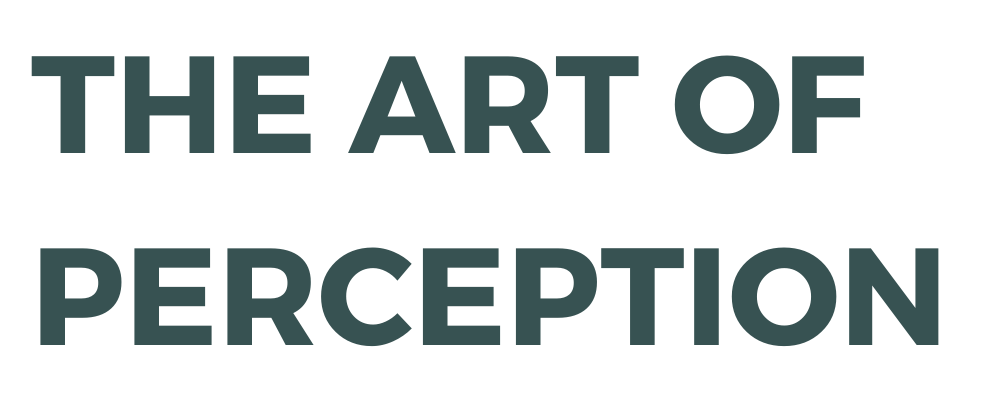Get rid of negative thoughts, once and for all!
Researcher report that the average person has around 6,200 thoughts every day, although some suggest that there can be as many as 50,000. Theorists state that as much as 98% of these thoughts can be automated, which essentially means we are thinking without thinking! We do much of this thinking when we drive our cars, brush our teeth, make our morning coffee and do the same things over and over each day. Because we have done these activities hundreds of times before we can carry them out without much thinking on the task, so we can drive and have a conversation with our passenger, work out what you will say in your meeting whilst brushing your teeth and think about the late evening you had the night before, whilst stirring your coffee. Your body has now taken over the job of the mind.
The mind and body together are a powerful combination when also dealing with things from the past. We create stories that often only exist in our heads, because we have been bruised in the past, or we refuse to try new things out of fear and uncertainty. We are generally creatures of habit who feel very comfortable living each day in the same way as we did yesterday, similar to Groundhog Day, although surprisingly we are blissfully unaware of this.
If you are stuck in a cycle of automated patterns, such as attracting the same negative relationships, always missing out, not bagging that promotion, or are simply feeling overwhelmed by all the ‘stuff’ that fills your mind through day, it is likely you will have a number of negative thinking patterns that may need breaking.
Here are my five top tips to break free from automaticity and negative thinking patterns….
1. Choose how you wake up…
Don’t let the first thing you do in the morning is press the snooze button on your alarm and think, “Ughhh, noooo I don’t want to get up”. Instead embrace the moment (even if your body is not feeling it!) and reframe your thoughts with positive intentions for the day.
Our automated thinking patterns start from the moment our brain switches from alpha to beta brain wave (in other words when we start becoming more conscious and wake up). There is a theory that it just takes 17 seconds from first waking to catch these sneaky thoughts and reprogramme them to something with a little more conscious intention.
Get your mind programmed to feel positive and thank the morning for arriving and look forward to all the new exciting things that you may learn and experience that day. Something maybe like: “I feel good, I feel energised, and grateful for the day ahead”. PS. It is okay to lie at the start! ;-)
2. Practice gratitude…
There has been a great deal of research on the power of gratitude. By simply writing down three things you are grateful for (and why) each day, your awareness will progressively build and offer you more things to be grateful for.
Keep a small journal on you during the day, or by your bedside at night, and begin to see how much good there is already in your life. Perhaps the sun shone today, someone held the door open for you, another driver let you pass in a traffic jam. You can always find something to be grateful for if you look hard enough.
3. Accept gifts…
Gifts come to us in all sorts of guises throughout the week. It may just be a smile that a stranger gives you in the street, or a compliment a friend or colleague offers you on your appearance, or a job well done. Instead of thinking there is something sinister about the smile, or rebounding the compliment, ie.”This hair? It really needs to be washed” or “If I had more time I could have done better with the project”, take the compliment! A simple smile back or a heartfelt thank you works beautifully. Even if you don’t feel it at first, resist the negative urge and graciously accept the gift.
4. Meditate
Meditation isn’t just for Zen monks or people who have lots of time on their hands, quite the contrary. Some of the most prolific leaders and business people in the world own a meditation practice. There are huge misconceptions about meditating. The aim is not necessarily to get to another spiritual plane or to reach transcendence, but rather is a very useful tool for quieting your mind.
There are a multitude of meditations easily accessible online. Some of which only take three minutes! To start with meditation is perfect to just notice what is going on in your head, observing all those amazingly complex and contradictory thoughts whizzing around your head.
Start by closing your eyes and focusing on your breath, slowing moving in and out of your body. If your mind wanders (the most common early meditation thoughts being “I don’t have time for this” or “This is seriously stupid!”), just bring your mind back to the mechanics of the breath. One to three minutes will suffice whilst you are getting used to the process and then you can progress to 10 minutes or more over time. If you feel you can’t find the time for this, wake up three minutes earlier (or don’t press the snooze button!) and fit it in. This is a great way to start your morning, clear the mind and set good intentions for the day. You will eventually find that by finding the time to meditate you will begin to gain more time in your life because you are not overthinking things. Well worth a three minute daily investment!
5. Practice Mindfulness
Mindfulness has become one of the fastest growing health trends in the last two decades with a multitude of research conducted on it and many clinical practices adapting the tool to treat long term illness and suffering. The government issued a paper back in 2014, championing its use within education, the workplace and in the criminal justice system with an active implementation plan for the next 10 years.
Mindfulness, in a nutshell, is the art of being able to live in the present moment (particularly, when it matters), without casting judgment on yourself, others, things or situations around you. A reasonably difficult task for most, but a relatively simple process to learn. Mindfulness helps you retrain your mind out of unhelpful automatic responses and offers tools to improve refocus, change negative patterns and begin to gain a little bit more control in your life.
How, you might say? Well, partially through understanding actually what goes on in your body that you may not be consciously aware of, plus simple meditation techniques, gratitude and self-compassion tools and a whole lot of kindness for oneself!


